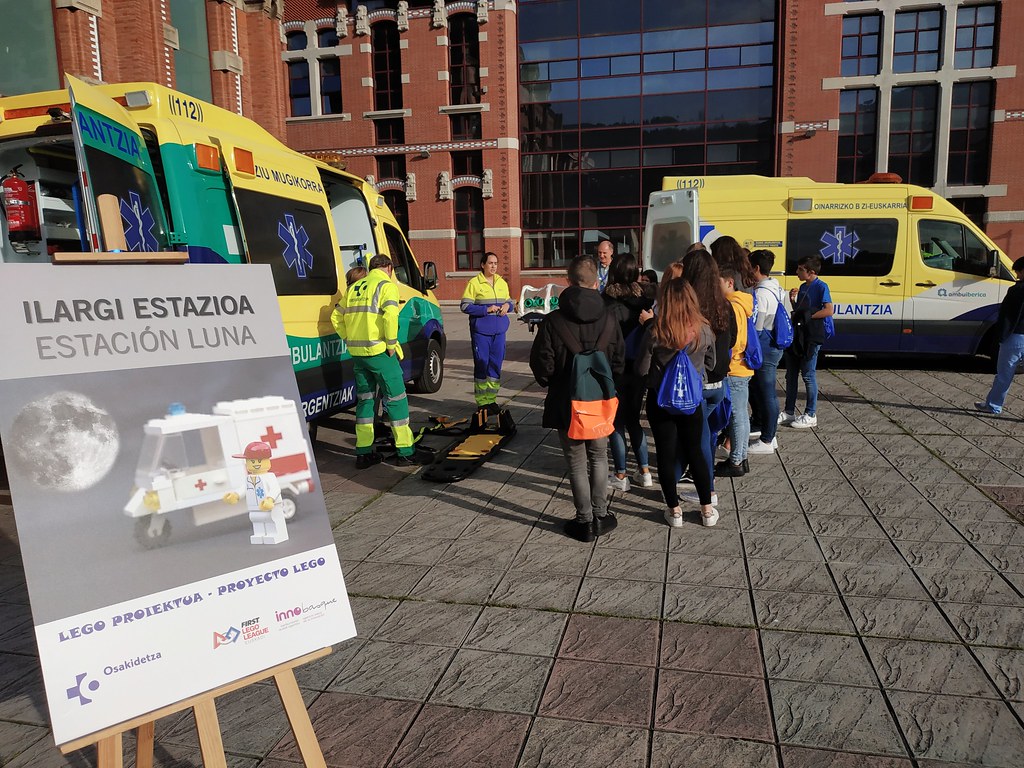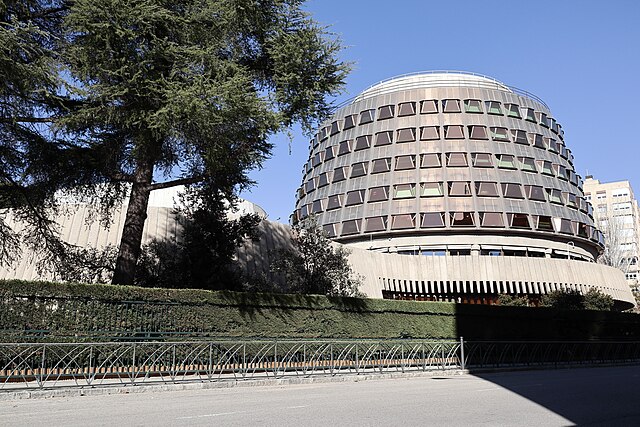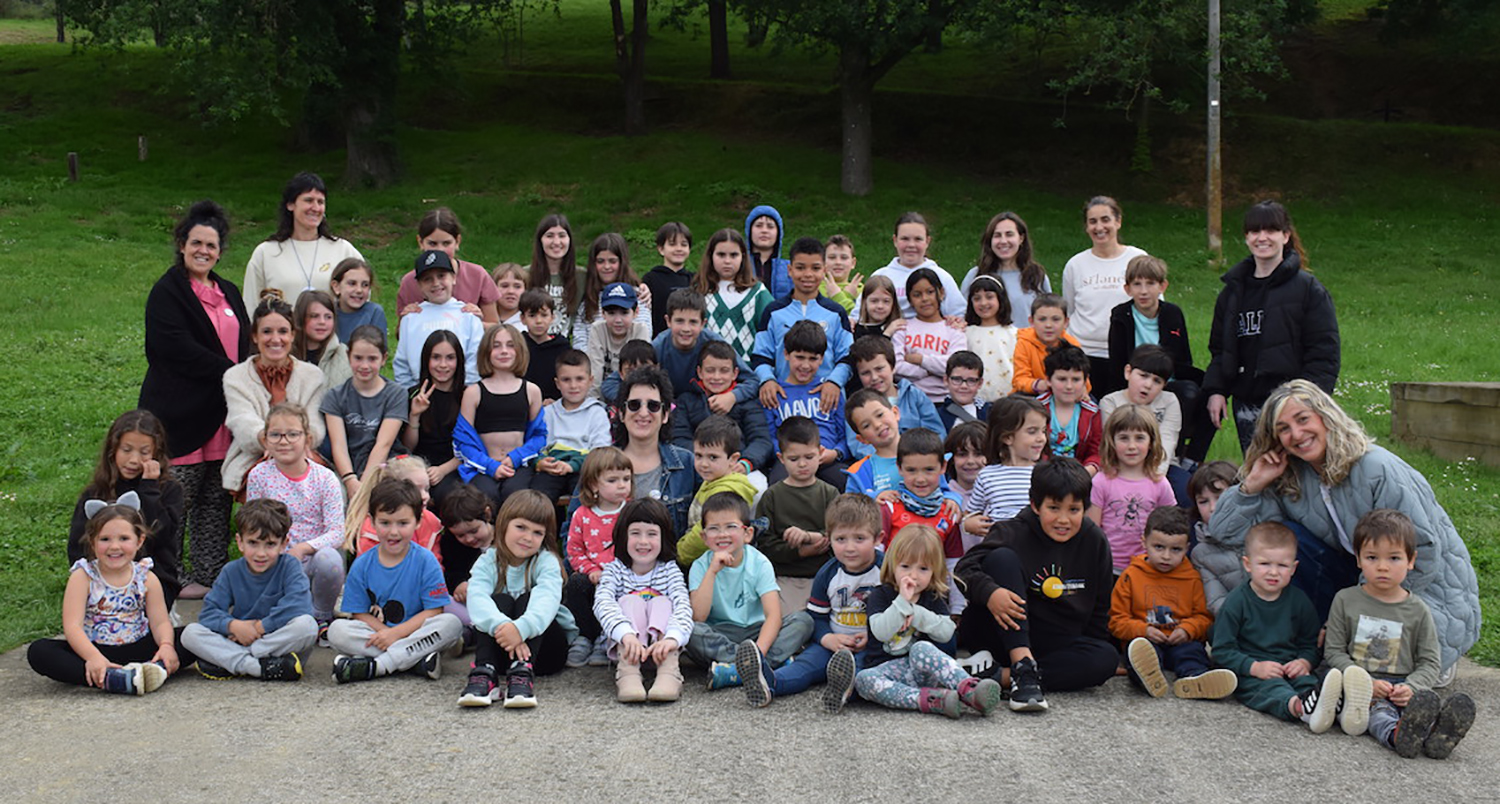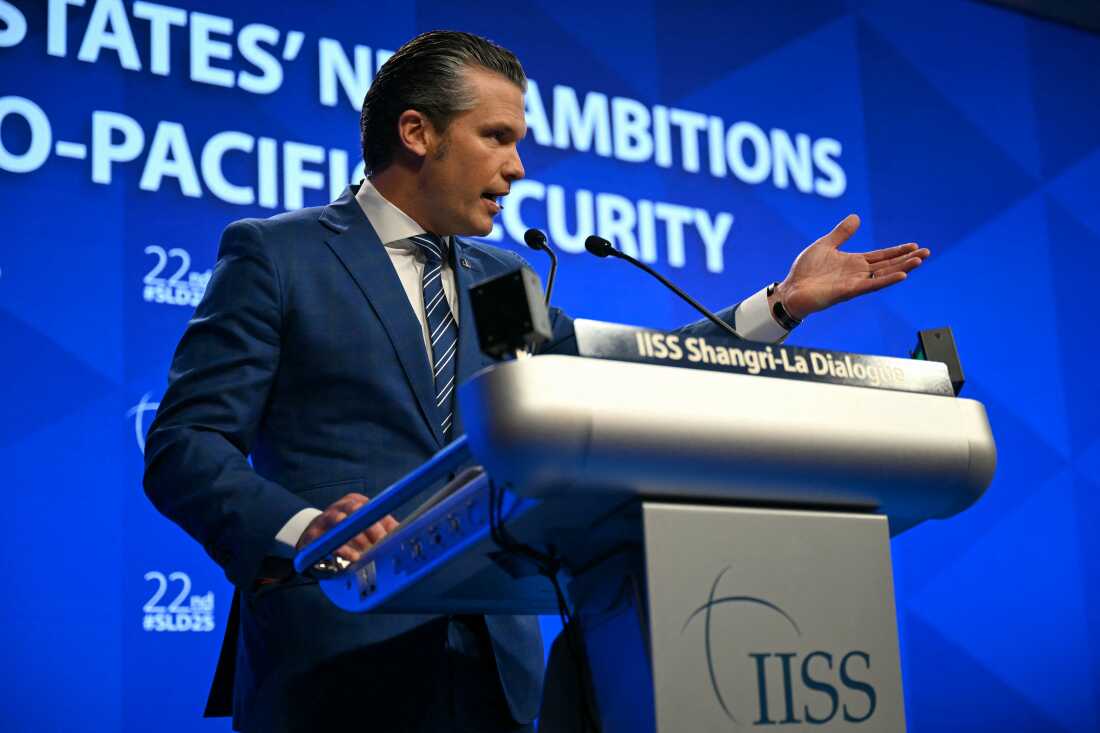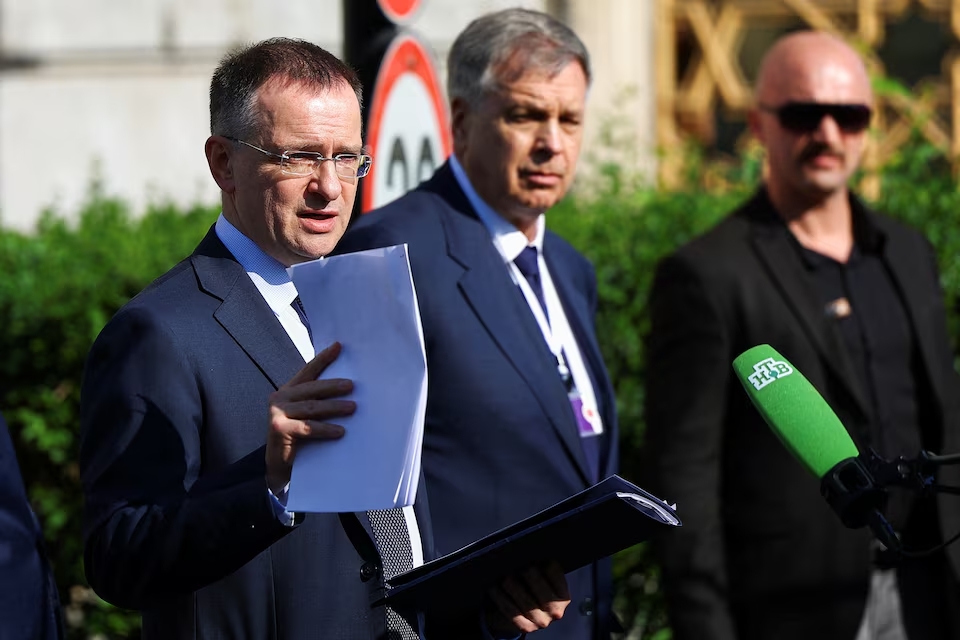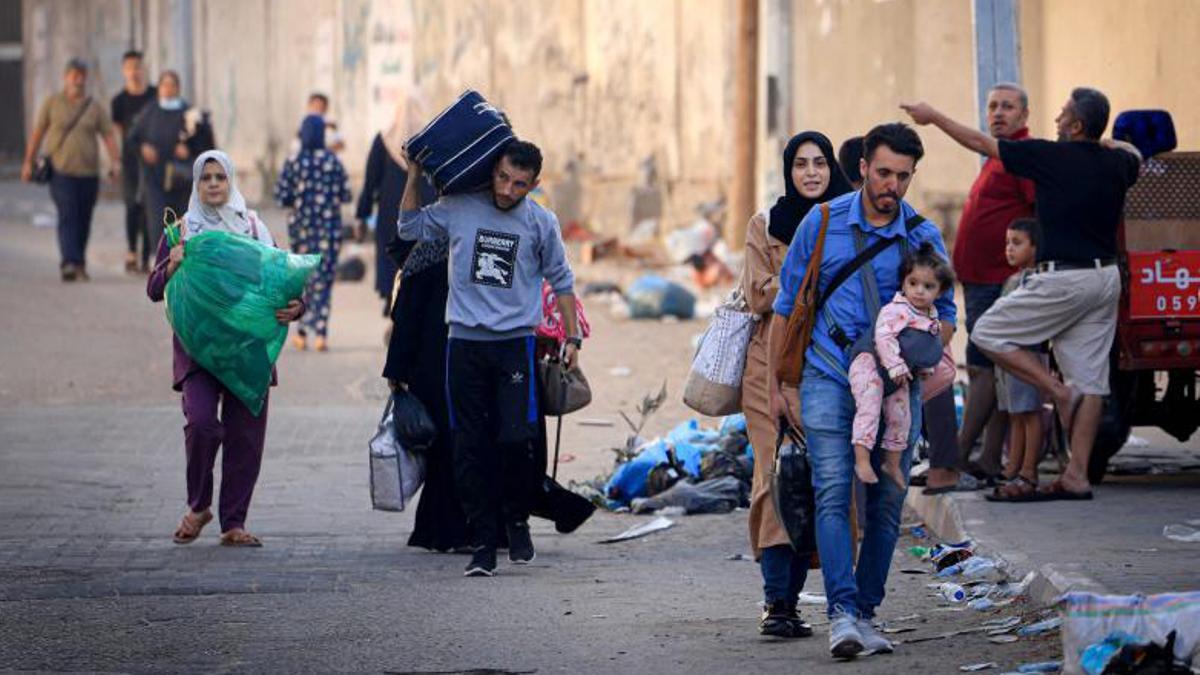Fear in images
- For the Palestinians, last year has been particularly hard because of the violence of the settlers. In the Palestinian countries, settlers carry out attacks and demonstrations that are regarded as provocations. To cope with disability, many families have started recording such attacks.
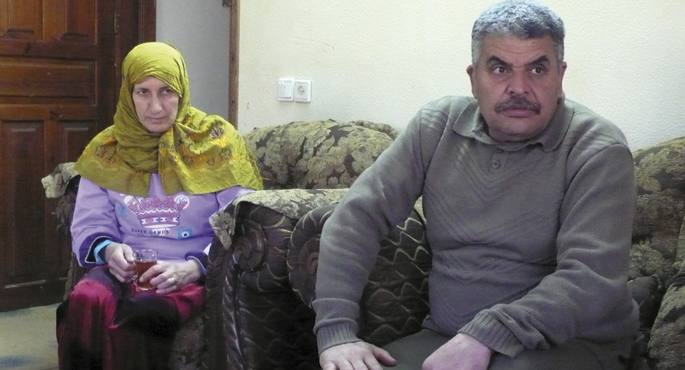
Ibrahim Makhlouf shows us with nervousness the video of the last time the settlers attacked his house. “Everyone has covered their faces with scarves and the one who is blank is the rabbi who is organizing the attack.” About twenty men from the Yizhar colony are astonished from the mountain slopes to the village of Asira Al-Qabiliya. Soldiers are behind as observers. In the midst of the protest, the congregants cry out against the prophet Mohamad, who has been arrested. “They say they don’t want Arabs in their lands,” Makhlouf returned, pointing to himself. Some residents of the town scream at them “out of here”. After several minutes throwing stones, the settlers have returned to climb the hillside of the mountain.
The Makhlouf family has ten other videos of this kind. Sometimes they have also come to the door of the house. You can see broken windows and signs of burned fields. The inhabitants of the village of Asira Al-Qabiliya in southern Nabulus say that the last year has been violent.
Violence by religious settlers is known both in Palestine and in Israeli society. However, in the past year, outbreaks that are considered provocations have multiplied. Hebron is one of the main exponents of this context. However, the inhabitants of the Yizhar colony, in the vicinity of the city of Nabulus, have this year gained the reputation of being the strongest in the West Bank.
70% of the colony was built on Asian lands in the 1980s. Following the Oslo Accords, the vicinity of the village was under the military control of the Israelis. Since then, its inhabitants have not received the support of the Palestinians, nor the support of the force that has taken them. “They usually come after a Sabbath, and attacks are more frequent at the time of harvest. Sometimes they come to seek revenge if they feel the political situation is against them,” Ibrahim said.
Invisible wounds
The Makhlouf family has no opportunity to cultivate the integrity of its lands, as the Israeli Army has established a "security" line between its home and the Yizhar colony at the top. Khadra remembers with excitement the first time he took over the invisible barrier: “A couple of years ago I saw a car approaching our piqueras. Then I saw a colony and a number of children taking the figs from the trees. It was like getting a knife, haraam! [in Arabic, a word used to describe an action that God does not accept]’.
Khadra then looks at his young daughter, Ruba. The child hasn't heard his mother's explanation, she runs from home playing. “Until recently it was hidden every time there was aggression, closed its eyes and covered its ears,” the mother said. Rubí is now undergoing a major change. Thanks to the sessions with the members of Medicus Mundi, the girl is safer than she should suffer in her day to day. The psychologist of the Muath Zyoud Organization believes that adaptation is necessary: “That is your life, therefore, adapting to these conditions is also a method of resistance.”
As always, children are the most vulnerable victims of violence. "After the attacks, they lose their focus, they're like they've gone. They are afraid of the night, especially of the darkness,” explains Khadra. The clash between aggressors and assaults also prevails in everyday games, naturally and without any kind of filter. “Children are divided into two groups, settlers and other citizens.” However, most children do not want to play the role of citizens. Ibrahim makes it clear: “No one likes being assaulted.”
Anguish and stress are the psychological consequences that parents suffer in protecting their sons and daughters. “They often say that aggression has no effect on them, but the frustration is easily noticed,” Zyoud stressed. This feeling is more evident in the case of men, who assume the weight of the family. Ibrahim doesn't like to talk about it. “Come attacking your house and you can’t do anything!”
From the window of the house
Precisely, Asian families have begun to take their own steps to address the impossibility and fears arising from the settlers’ attacks. They have denounced that oral complaints are not strong and have begun to use images in search of support they have not found so far.
The starting point for this change has been the Israeli organisation B’tselem, which is working for the human rights of the Palestinians. Since 2007, it has asked families suffering from the violence of settlers in the occupied territories to hand over camcorders and collect their daily testimonies. The aim is to make the daily violence of the occupation known to the Israeli and international public and to put pressure on the Israeli authorities to take responsibility for the actions.
B’tseleme’s press officer is Sarit Michael. In this regard, he recalled that in the last year more videos have arrived from the Asian village than ever before: “There has been an increase in actions known as low-level attacks, which gradually has a tremendous psychological impact on the Palestinians.”
Asian women play an important role in recording videos. For the Khadr, the window and roof of the living room are the most suitable places to take out the camera and record what you are seeing: “Many times they come in the morning, when your husband is working. So I left my little daughters sheltered from the room and reflected the event in the camera.”
But when the settlers return to Yizharrera and Khadra hit the stop button, the real fight for the Makhlouf family begins. Knowing that it will not be possible to avoid the next attack, the aim is to make known its everyday reality abroad. They claim that the images protect them, even if only psychological. “Someone will ever stop them and we will already show enough evidence,” says Ibrahim Makhlouf.
Metro Bilbaok I-SEC Aviation Security S.L. segurtasun-enpresa kontratatu zuen apirilean. Horren aurrean, kexak aurkeztu dituzte dozenaka herritarrek Metro Bilbaoren bulegoetan, Bilbo-Palestina Herri Ekimena eta Nodo BDZ-Bizkaiak deituta.
BiziLagunEkin desazkunde turistikoaren aldeko Donostiako plataformak ekainaren 15erako deitu du manifestazioa. Turistifikazioa salatu eta hiri eredu alternatiboa aldarrikatuko dute.
Urtebete eta erdiz sarraski genozidak gauzatu ondoren, Erresuma Batuko zenbait hedabidetako kontseilu editorilek hitza hartu dute, bat-batean, Israel Gazan egiten den sarraskiaren aurka. Establishmenteko gizatxar mediatikoek aldaketa usaina hartu diote haizeari.
Astelehenean bilera egin zuten gune okupatuko kudeatzaileek 21 Zabalgunea sozietate publikoko ordezkariekin, baina ez zuten inongo akordiorik lortu. Goizeko 8:00etatik aurrera Alde Zaharreko espaziora hurbildu eta erresistentzian parte hartzera deitu dituzte herritarrak.
Gazako Osasun Ministerioaren arabera, AEBek eta Israelek kontrolatzen dituzten laguntza humanitario banatzeko zentroetan 102 palestinar hil dituzte azken zortzi egunetan: "Gerra krimen beldurgarria da, nahita egindakoa eta behin eta berriz errepikatutakoa". Erasoa... [+]
Faltan Botatzen Dugu plataformak eman du gertakariaren berri, eta zaintza aringarrien zerbitzuaren "egoera kritikoa" salatu du. Medikuak haren kontakizuna argitaratu du sare sozialetan, eta jakinarazi du lana utzi duela denbora batez: "Ezinezkoa zait baldintza... [+]
Urteroko oroimen eta sari banaketa ekitaldia egin du Ertzaintzak Arkautin, Eusko Jaurlaritzako agintarien parte hartzearekin. Duela bi urteko kronikatik aurtengora auziek edota gaiek berdintsuak izaten segitzen badute ere, nabarmena da begiratzeko moduak nola aldatu diren.
Kontsumitzaileen eskubideen defentsan, epaileek ebatzi dute bezeroak ez duela arduragabekeriaz jokatu eta bankuak 1.923 euro itzuli beharko dizkio biktimari.
PPk ezarritako helegiteari erantzunez, legearen testua ia bere osotasunean konstituzionala dela dio auzitegiaren ebazpen proposamenak. Hala ere, legea pertsona gutxi batzuentzat dela dioen argudioan arrazoia eman dio eta herritar guztiei aplikatzea proposatu du.
Herri txikiak bizirik dauden eremuak direla eta bizirik jarraitzeko herriari begiratuko dion eskola gakoa dela aldarrikatuko dute, aurten ere, Gipuzkoako Eskola Txikien Festan. Ekainaren 8an ospatuko dute, igandean, Ezkio-Itsason, landa guneko herri txikiak hezkuntzarako zein... [+]
Asiako herrialde gehien-gehienak bertan izateak oso izaera eta giro berezia ematen diolako, eta hedabide-estaldura ere halakoa duelako, aparteko sona lortu du hogei urteren buruan IISS-International Institute for Strategic Studies britainiarrak Singapurren antolatzen duen Asia... [+]
Duela bi aste bezala, mila preso inguru trukatzea adostu dute Ukrainak eta Errusiak, eta batak besteari 6.000 soldaduren gorpuak ere itzuliko dizkio. Trukea egiteko, Moskuk hiru eguneko su-etena eskatu du fronteko hainbat eremutan, eta Kievek Putin eta Zelenski aurrez aurre... [+]
Support for genocide
Within the State of Israel, there is considerable support for the latest operation. Haaretz has released the results of a survey conducted for the Pennsylvania State University, which shows that 82 percent of “Israelis” support the comprehensive... [+]









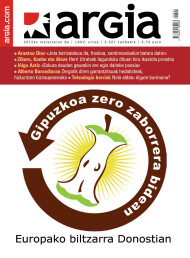

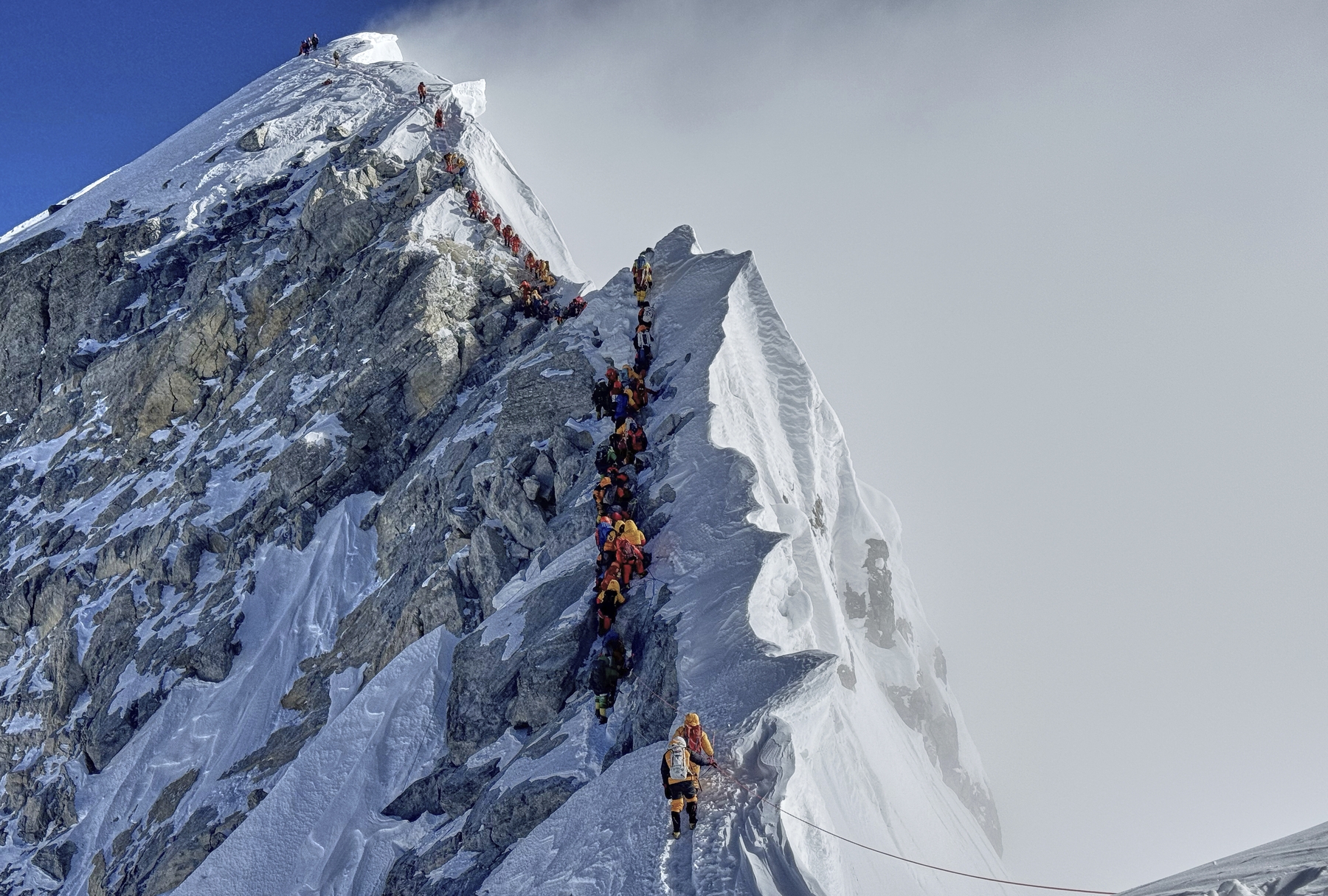
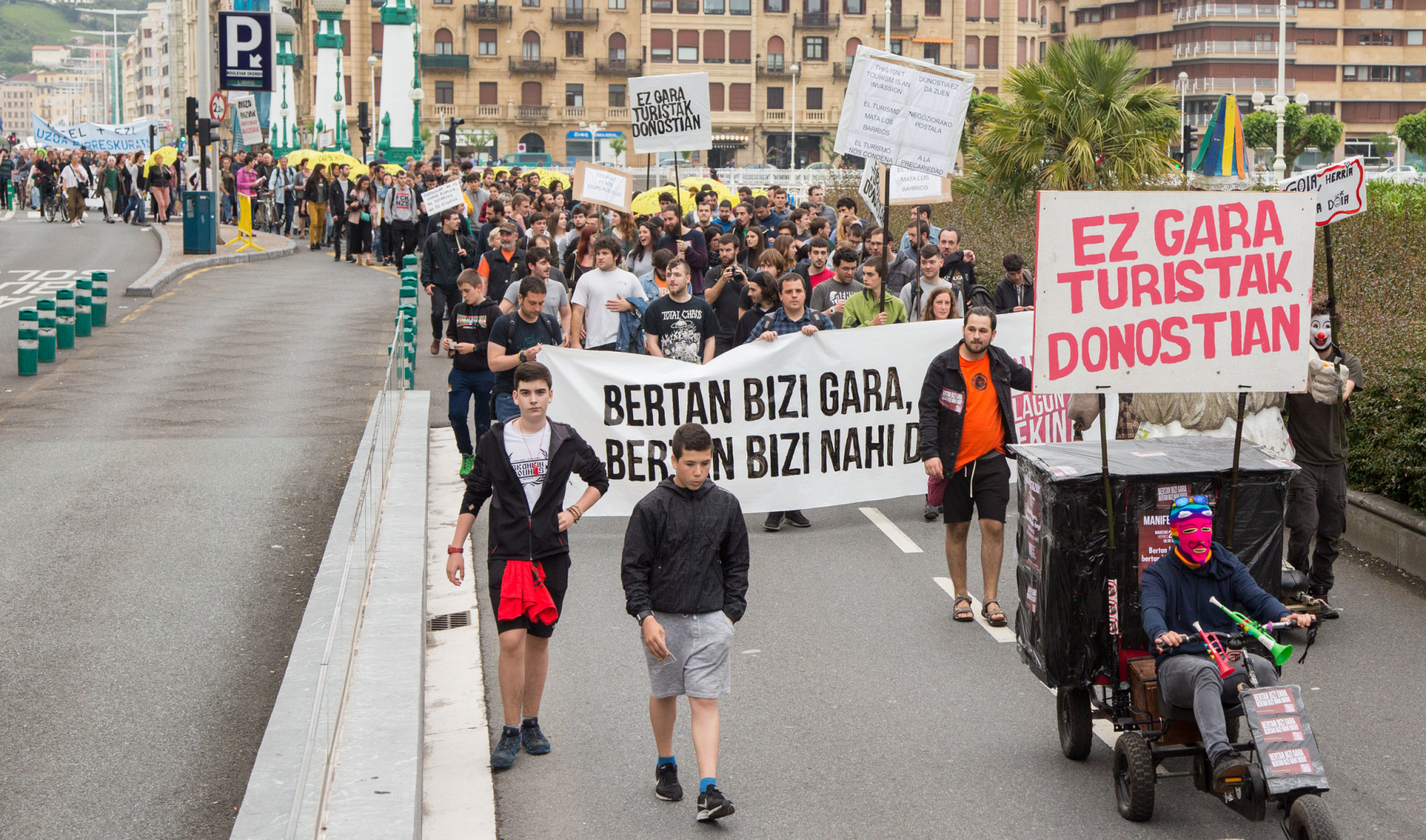
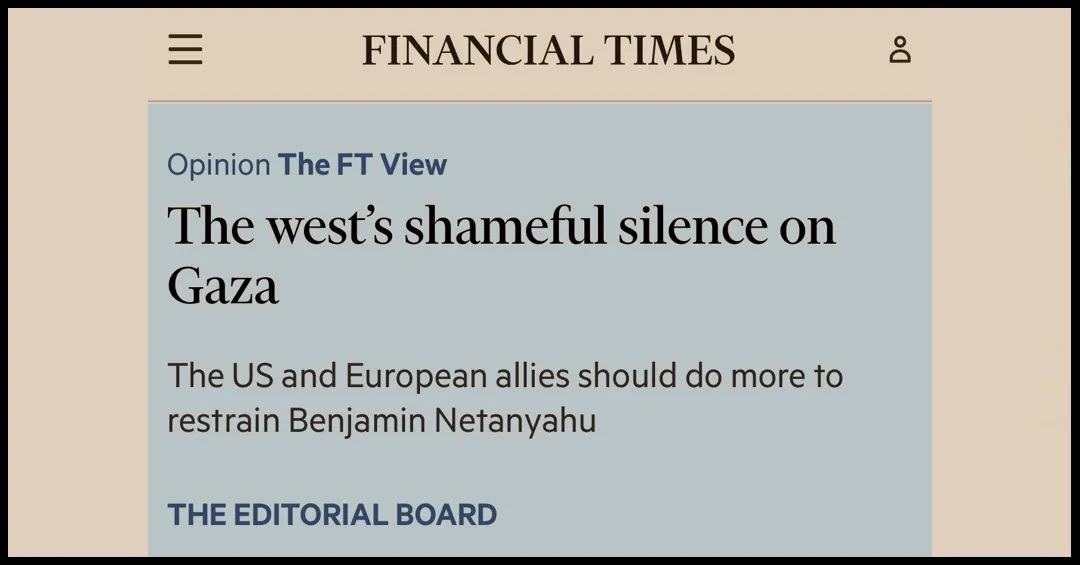

.jpg)
